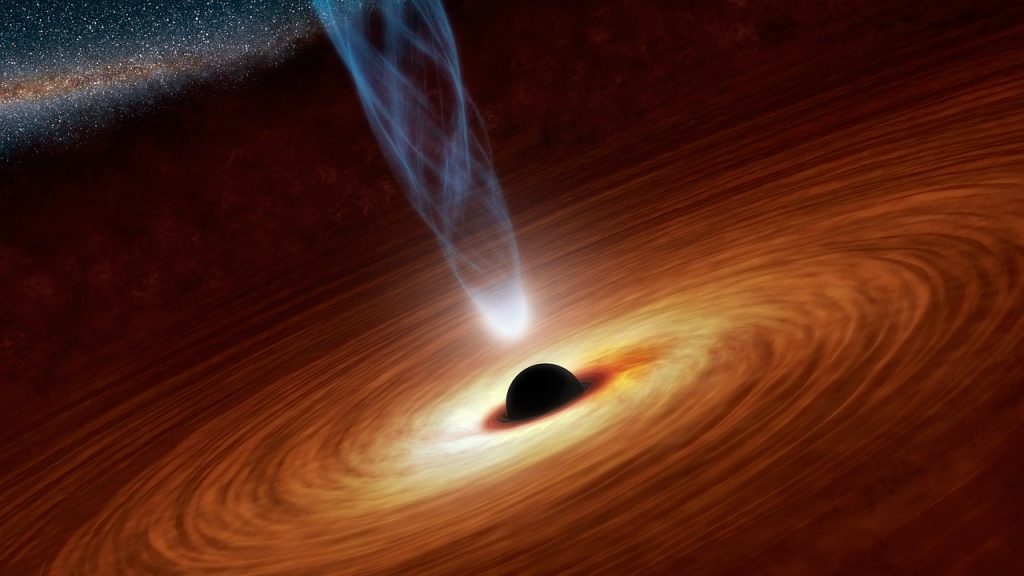Sound is vibrations in the form of mechanical waves, which travel through a physical medium such as air, water, or solid objects. For example, if we click on a string, its vibration forces the molecules of the medium around it, which is air, to vibrate, then these air molecules also push other air molecules and so forth, which creates pressure fluctuations in the air called sound waves.
Outer space is the universe outside the Earth’s atmosphere, i.e. space that is more than 100 km from the Earth’s surface. It is not a very favorable place for mechanical waves.
We can say it is a vacuum although there are many substances in space such as stars, planets, asteroids, galaxies, cosmic dust, element atoms, etc. They are all separated by vast distances, even in denser parts, there are only a few hydrogen and helium atoms per cubic meter and It is not sufficient to form a viable location for transmitting sound vibrations as it occurs on the earth, unless you get enough material together.
It is worthy to mention here that sound waves are mechanical because it is need a medium to travel, but electromagnetic waves, such as gamma rays, radio, visible light, etc., does not need a place to travel. It is not fully understood why you does not need this.
If the sound had traveled in outer space, it would have transmitted countless sounds and explosions in the universe from a supernova, black holes, collision of planets, stars, and more. Just as stars, like the sun, make themselves unbearable sounds.
The explosion of a massive star, known as a supernova, for example, makes the loudest voice, 194 dB, say the decibel is a unit of measurement for sound, the normal conversation is about 60 decibels, the sound of an old train one meter away is 120 dB, and the eardrum explodes at 150 decibels.
As for black holes, as astronomer Stephen Allen, a professor of physics at Stanford University explains, “Sound waves are pressure waves. Black holes, or at least their relative jets, can generate massive sound waves, which then spread through the surrounding galaxy gas.”.
In any case, all these space phenomena are extremely far from Earth. The nearest black hole is tens of thousands of light-years away from Earth. Unlike rays, sound waves fade with distances. In addition, the sounds from the sun will deafen the globe and overshadow everything else.
Solar physicist Craig Deforest says: “The sun contains about a million thermal cells, each about the size of the state of Texas, rising and sinking violently over just 5 minutes, imagining 10,000 lands covered with loud sirens, all screaming”.
